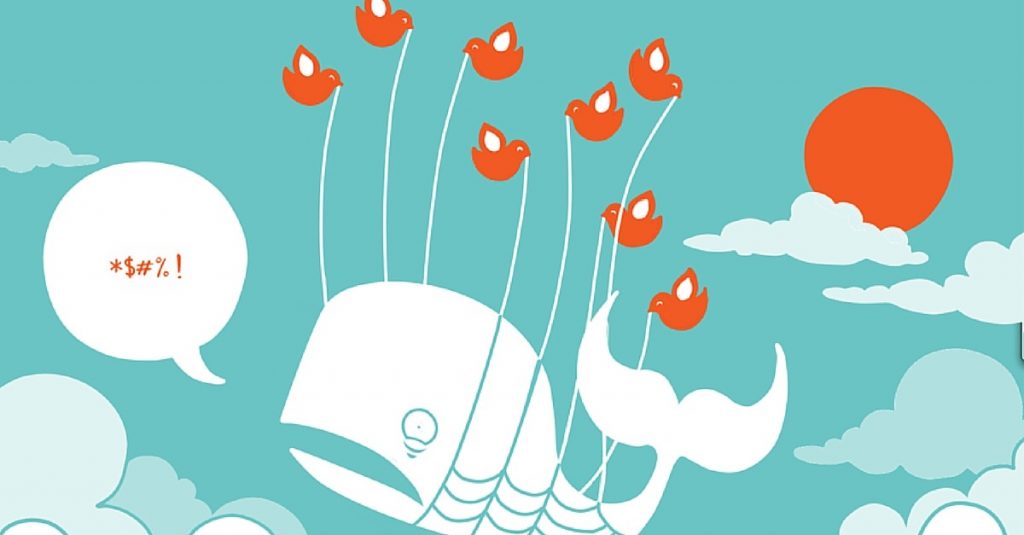From Twitter bots to YouTube boycotts to FB confusion, it’s getting pretty weird out there in social land.
 Um, social, are you okay? Pardon us for saying so, but you seem lost and confused.
Um, social, are you okay? Pardon us for saying so, but you seem lost and confused.
It seems like brands had just starting coming to terms with misleading video metrics on FB when the whole YouTube scandal hit. Now you say Twitter is delivering misleading analytics too?
According to Alexander Neely in DMNews, “approximately 15% of Twitter accounts — some 48 million — are bots rather than people.” Neely cites new research on “online human-bot interactions” that brings some troubling stats to light. And that 15% is a “conservative” number, as some complex bots could actually be interpreted as human interactions in the research model.
While those bots are surely troublesome for advertisers, they have an even larger implication in the social sphere. The report notes that “…there is a growing record of malicious applications of social bots. Some emulate human behavior to manufacture fake grassroots political support… [and] promote terrorist propaganda and recruitment,” Neely notes that there have also been several recent reports of Russian Twitter bot armies delivering propaganda.
Meanwhile, back on YouTube, marketers are facing a discoverability challenge unrelated to the programmatic ad debacle.
“Big publishers are having an issue with YouTube,” writes Chris Sutcliffe in The Media Briefing. “The trouble is that, despite YouTube being a rich seam of advertising revenue, it’s a ridiculously packed space. Everybody and their dog has a YouTube channel and standing out in that crowd is as tricky a proposition as it comes,” Sutcliffe notes.
Part of the problem is that many brands are reluctant to risk their reputation by using the antics that garners massive viewership on the video channel. And many brands simply lack the kind of direct relationship with viewers that makes a viral hit possible.
“According to a study by Reuters, people rarely seek out video news content online (with an exception made for breaking news), and supporting research by marketer MediaKix demonstrates that none of the most popular YouTube genres are especially news related,” Sutcliffe explains.
Meanwhile, in Facebook land, things are just a mess.
“The network, in its efforts to become a bit more social again, has drowned users in new features, tests and other distracting knickknacks — and for perhaps the first time in the service’s 13-year history, it’s not altogether clear what you’re supposed to do when you log in each day,” notes Damon Beres in Mashable.
“A quick rundown: In the past few weeks, Facebook has introduced a ‘Stories’ feature, a new way to post colorful blocks of text as status updates, a ‘false news’ identification tool, and, for some users, a new ‘rocket’ icon that connects to an alternate news feed filled with bits and bobs you’ll supposedly enjoy interacting with based on what the company’s algorithms understand about your behavior. That’s a lot!” he notes. (And brace yourself for more, with the upcoming pop-up tab “feature” now rolling out.)
Here’s the thing: with all this confusion, it’s more difficult than ever to know if your social media is really helping your brand, and how much. Unreliable metrics, bots, inelegant new features…it’s looking to be a long hot mess this summer.
